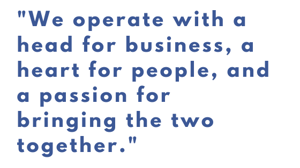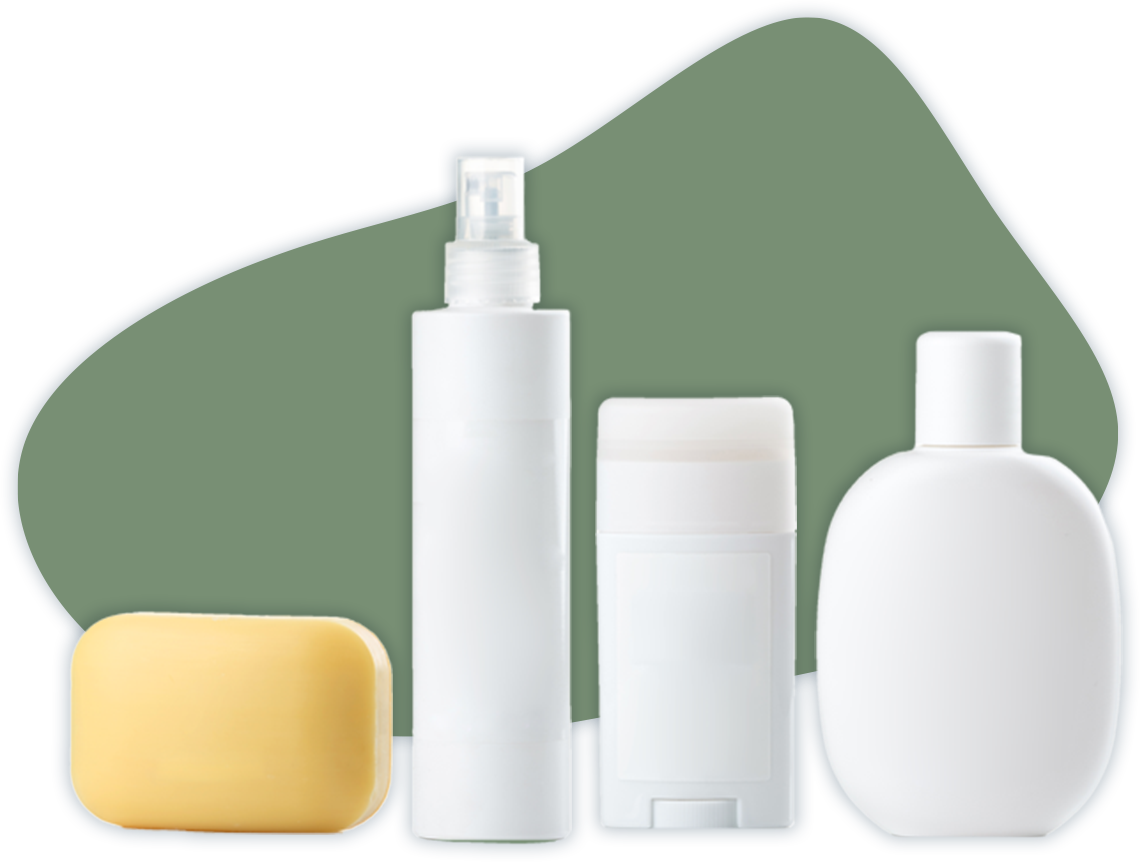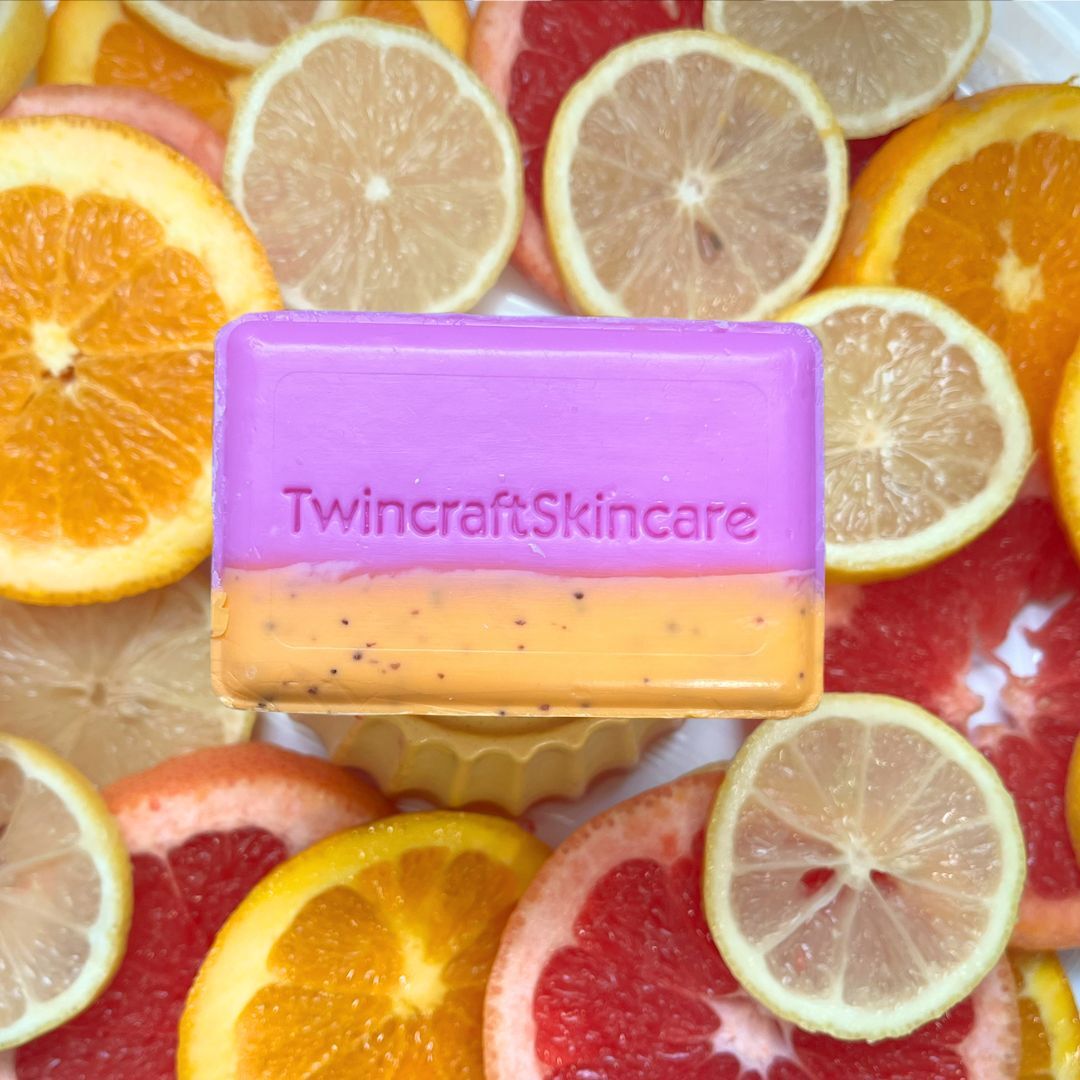Thoughts on how we vet our customers in the quest for a partnership that works for all parties involved from Wayne LaBonte, Twincraft Skincare’s VP of Sales & Marketing.
One of the things we spend a considerable amount of time discussing these days is the concept of an ideal partnership. It’s an interesting exercise, especially because it requires intimately understanding oneself, at least as it pertains to the Organizational sense of self.

A few months back, a number of us sat in a room together to try to articulate the characteristics and idiosyncrasies that define our value proposition to our customers. The goal is to recognize an ideal partner when we see one and to understand by whom we’re most likely to be perceived as an ideal partner in return.
This is challenging because what matters is how our customers perceive us, not how we perceive ourselves. This requires that we look high and low for evidence of those perceptions, and more importantly, that we resist conclusions based upon multiple anecdotes posing as data.
What have our customers told us that they value? The inverse of this exercise is equally revealing. We asked ourselves what we don’t do well, where we typically let ourselves and our customers down. We struggled with the recognition that we’re imperfect and cannot be all things to all brands.
Through this exploration, we found clarity in our identity, which, in turn, proved useful in defining the persona of our hypothetical perfect partnership. Our best customers have told us time and again that, amongst other things, they value most highly our relationship orientation, flexibility, agile manufacturing solutions, innovation, and our commitment to naturalness and sustainability.

After our period of introspection, we turned our sights to those attributes of a customer that are most often shared by partnerships that are time-tested and durable. Our company mission statement states that at Twincraft Skincare, "we operate with a head for business, a heart for people, and a passion for bringing the two together,” so it makes sense that our best partnerships are forged with like-minded businesses who truly aspire to the greater good, who care about people, and who are mindful and empathetic.
While there is nearly always an inherent inequity in the supplier-customer relationship (the customer is always right, type of thing), we’ve always found that the less perceived inequity that exists makes for the best long-term relationships. When both sides consider the other their equal, there is far less drama and tension to work through, resulting in greater trust and transparency.
We work with brands both large and small, but a brand’s annual spend does not necessarily make them one of our better customers. We’ve found that brands who truly appreciate our unique combination of quality, reliability, efficiency, and service; who recognize our equity lies not in the commoditized world of millions of units at the lowest cost, but in the artisanal world of where quantities are relatively lower, where dynamic production planning and nimbleness matter most, they are our best-aligned.
 We’ve never been seen as the low-cost solution provider, and our best partnerships do not require that of us. Instead, we focus on a fair price, commensurate with the perceived value we provide. In so doing, and because we’re not forced to squeeze every penny out of our cost of goods sold, we’re able to invest in capacity and build a business that will grow with our best partners. We can continue to spend time, money, energy, and resources to bring new, trend-driven ideas which distinguish us from the competition. We can continue to make investments in sustainability such as in renewable energy, our community, and our people.
We’ve never been seen as the low-cost solution provider, and our best partnerships do not require that of us. Instead, we focus on a fair price, commensurate with the perceived value we provide. In so doing, and because we’re not forced to squeeze every penny out of our cost of goods sold, we’re able to invest in capacity and build a business that will grow with our best partners. We can continue to spend time, money, energy, and resources to bring new, trend-driven ideas which distinguish us from the competition. We can continue to make investments in sustainability such as in renewable energy, our community, and our people.
Oftentimes, when you know the attributes you seek in an ideal partner, the characteristics you seek to avoid become more readily apparent. Typically, these attributes manifest themselves in the form of unusually inequitable relationship orientations, rigid solution sets, uncomfortably one-sided legal agreements, and a preference for superficial transactions and interactions.
While no one partner is a perfect representation of the ideal alignment, there are very few perfectly misaligned partners as well. We accept the good with the bad, as we count on you to do the same with us. In the end, we find ourselves appreciating partners who, on balance, skew more to the well-aligned characteristics, and in a perfect world, we’ll seek to avoid partners who skew too far in the other direction.
As our business grows, we are blessed to be able to consider fit amongst the many other criteria we must evaluate as we encounter new and existing partners alike. Likewise, your brand should do the same, thinking deeply about the contract manufacturer you’re choosing to place so much faith in. I’d encourage any brand to openly discuss this topic with us as you explore your options, and we’ll do our best to make sure we’re a good fit for you as well.






